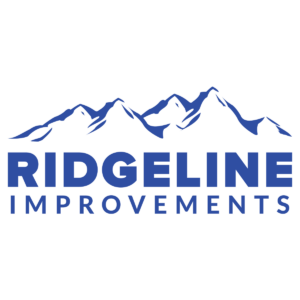The journey to renovate your house is an exciting one! Obviously, the journey is not the same for everyone since no renovation project is the same. That being said homeowners need to be aware of a few major differences between renovating a newer home and an older home renovation. Now the term “older home” means something different to different people. Some people feel like an older home is something older than 10 years. Others feel like an older home is one built in the 80’s. I view a home that was built in the 80’s and earlier and has had no prior renovations to be an older home.
Building standards in older homes
Homes that were built during that time period were built to a different standard than we build to today. Now, that standard was not bad. Its just the products that were used and the code that the house was built to have changed over time. We have learned that some of the materials don’t age well or can be hazardous if not handled properly. The great thing about renovating is they can be fixed!
When discussing an older home renovation project, it is important to realize that you might also have to plan for the additional costs of making sure that everything behind the finished wall is upgraded. A general contractor will be able to notify you during the estimating process if they feel like there might be asbestos, plumbing or electrical issues that will need to be addressed. This should not come as a surprise once the renovation has started.
What is behind the walls in an older home renovation?
Asbestos is a word that instills fear into some homeowners. Asbestos is a naturally-occurring fibrous silicate mineral. There are many types of asbestos. However, they are all composed of long and thin fibrous crystals that contain microscopic “fibrils”. It is these fibers that when released can be hazardous to your health. Before a renovation starts it is always good practice to have a professional take samples to be tested. Asbestos abatements are done by a professional abatement company. It is common practice that the homeowner is not staying in the house for the duration of the abatement.
Currently medium sized homes require a minimum of a 100-amp service panel. This will typically provide enough power to run multiple 240 volt appliances and possibly an air conditioner. Since electrical code is ever changing, this was not the case in older homes where 60-amp service panels are common. This provides an issue in your home since we generally have more appliances in our homes now….all trying to pull electricity from an outdated panel. If you find your current home is having frequent light flickers or dimming, blowing fuses or breakers, or scorched sockets, then you are likely in need of a panel upgrade when you renovate your home.
Poly B piping is something that comes up in many home inspections today as a potential problem for homeowners. Poly B piping was very common in homes built between 1978-1995. It was popular for its affordability for builders and how easy it was to work with. However, we have now learned that this piping commonly has cracks form over time. These cracks can lead to pipes bursting resulting in damage to your home. Sometimes the cracks would leak slowly over time. This results in water accumulating behind finished walls for a period of time where the home owner would not notice until it was too late.
Beside the obvious, what benefits are there to making these repairs?
Although the costs associated with dealing with the above problems may seem overwhelming there are also added benefits. Insurance coverage for houses with poly b piping is difficult to get and will result in you paying higher monthly premiums. Also, if you are buying an older home or wanting to re-insure your current home, many insurance companies will not give you insurance on a home with a 60amp panel. Testing for asbestos will not change your home insurance premiums. It may however help your peace of mind knowing that your home is as safe as possible for your family.





